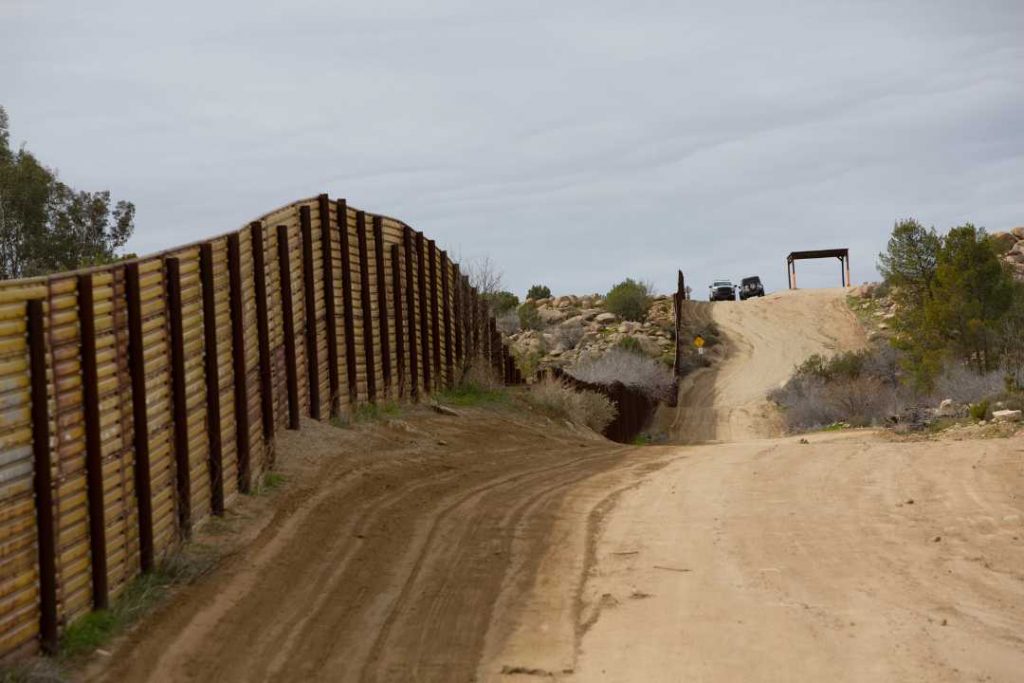Information on President Trump’s Recent Executive Order (Travel Ban)
[Update, June 27, 2017]
The Supreme Court granted certiorari and also lifted part of the injunction that had prevented the federal government from implementing the travel and refugee ban. As a result of the ruling:
- Approximately 72 hours from the release of the decision, Department of Homeland Security (DHS) officials, consular officers, and others will be authorized to ban refugees and travelers from the six affected countries who cannot show a bona fide relationship with a U.S.-based family member or entity.
- Refugees and people with immigrant and nonimmigrant visas will not be banned if they can show a bona fide relationship with a family member or entity in the United States. For individuals, a “close familial relationship” is required.
- Travelers may not seek to establish a relationship with an entity solely for the purpose of evading the ban.
Please continue to monitor Perez & Malik, PLLC San Antonio Immigration Lawyers website www.perezmalik.com for additional information, posted as it becomes available.
[Update, May 25, 2017] A federal appeals court upheld a ruling blocking President Donald Trump’s travel ban against six Muslim-majority countries.
[Update, March 15, 2017] A federal judge in Hawaii blocked President Donald Trump’s new travel ban on Wednesday afternoon, hours before the ban was set to go into effect. US District Court Judge Derrick Watson concluded in no uncertain terms that the new executive order still failed to pass legal muster.
Please continue to monitor Perez & Malik, PLLC San Antonio Immigration Lawyers website www.perezmalik.com for additional information, posted as it becomes available.
March 6, 2017: President Trump has issued a new Executive Order banning entry for citizens of Syria, Iran, Libya, Somalia, Sudan and Yemen (Iraq is not included).
Exempted from the travel ban are legal permanent residents (green card holders), and those with valid visas already issued.


